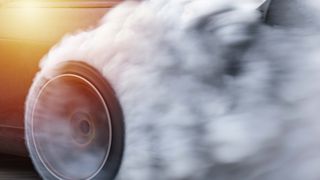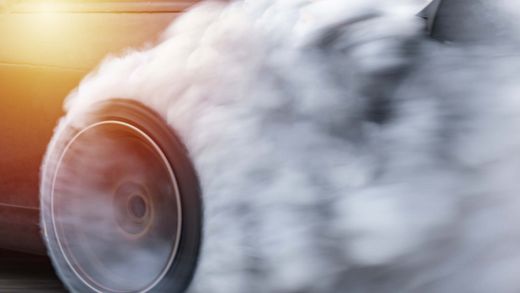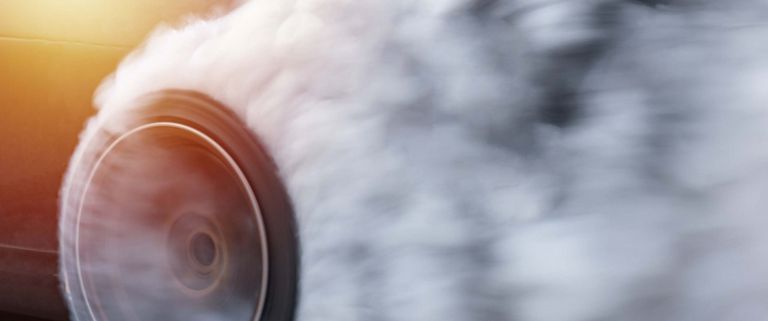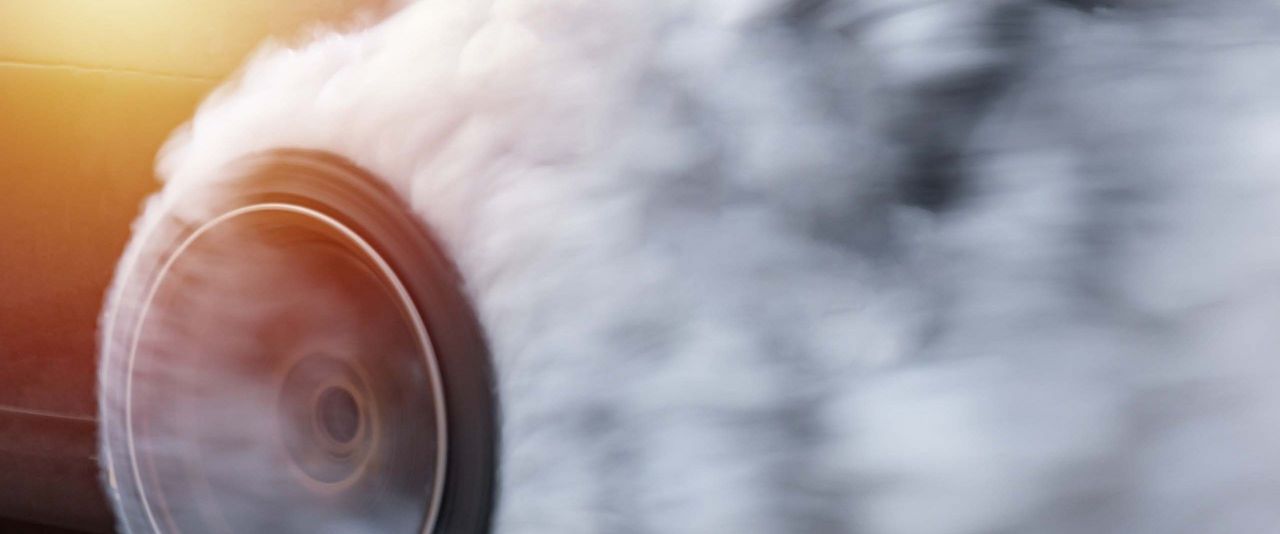Grinding Burn - What Can I do?
Grinding, a process that concentrates a high amount of friction energy on a small area, is usually the last machining step to produce the desired surface finish or the final dimensions of a component. Grinding can also lead to thermal damage and potential crack formation on a ground part. Overheating, specifically in the peripheral zones of the ground component, can cause changes in the residual stress and microstructure of the material, and in the worst case, cause cracks.
Damage from burning in grinding also has an economic impact: It increases the time and cost associated with re-producing reject parts and also cuts productivity.
Avoidance Starts With Detection
Grinding burn can generally be detected using one of two methods: non-destructive and destructive grinding burn tests.
For the destructive test, the component itself must be destroyed for examination, making this method suitable for case-by-case testing and situations where precise proof of damage is required, but not as a standard quality assurance measure in production.
One potential non-destructive method is the Barkhausen Noise Analysis (BNA). It is named after the German scientist Heinrich Barkhausen of the Dresden University of Technology, who discovered the effect in 1919. He discovered, when observing the changing magnetic field for a ferrous material, that the magnetism of the material changes in a number of small jumps. These discrete jumps are the result of a sudden change in the magnetic flow past local defects in the lattice. This method is particularly helpful for examining the internal stresses and near-surface structural conditions of ferrous materials. The Barkhausen Noise Analysis can be automated and is often found in aerospace and automotive specifications.
Another non-destructive process is Nital-Etching, a standardized process (ISO 14104) in which the workpiece is checked for burn marks by immersing it in an acid bath and then checking the surface for color changes. The procedure can be automated through the use of specific reference blocks and the appropriate measuring equipment.
Other non-destructive methods include the eddy-current test and the magnaflux test.
Potential Reasons for Grinding Burn
Grinding burn can occur for a wide variety of reasons, typically depending on the complexity of the grinding process. Grinding burn can be caused by either a single or a combination of factors such as: poor cooling due to an incorrect form or arrangement of the cooling nozzles, incorrect coolant pressure or quantity, the specification of the coolant, the feed speeds, the condition of the grinding wheel and also by the actual geometry of the workpiece.
Tips for Avoiding Grinding Burn
Before you think about replacing the coolant or, in the worst case, changing the geometry of your component, you should check the relatively simple settings and correct them if necessary:
- The shape, cross-section, and position of the coolant nozzles are critical factors in providing adequate and accurate coolant flow to the grinding gap and the pores in the grinding wheel. The coolant exit speed at the nozzle should be close to the grinding wheel peripheral speed to prevent the coolant jet from being deflected by the wheel.
- Cleaning the grinding wheel surface of chips and molten material keeps the wheel sharp and prevents unwanted friction in the grinding process. This can be achieved through cleaning nozzles set perpendicular to the wheel surface to blast coolant at high pressure onto the wheel.
- The surface finish should be as fine as necessary, not as fine as possible. This allows you to work with a well-dressed and sharp grinding wheel that will reduce the unnecessary transfer of thermal energy onto the workpiece.
The process parameters can be adjusted to reduce the thermal load on the component. Since this is normally done by reducing the infeed speed, the metal removal rate will decrease and the processing times increase.
All brands of the UNITED GRINDING Group offer you training opportunities which you can use at any time: starting with the purchase of a new machine up to production support or training of your personnel. These training courses are essential for you and your personnel to understand where problems originate and how they can be solved.









